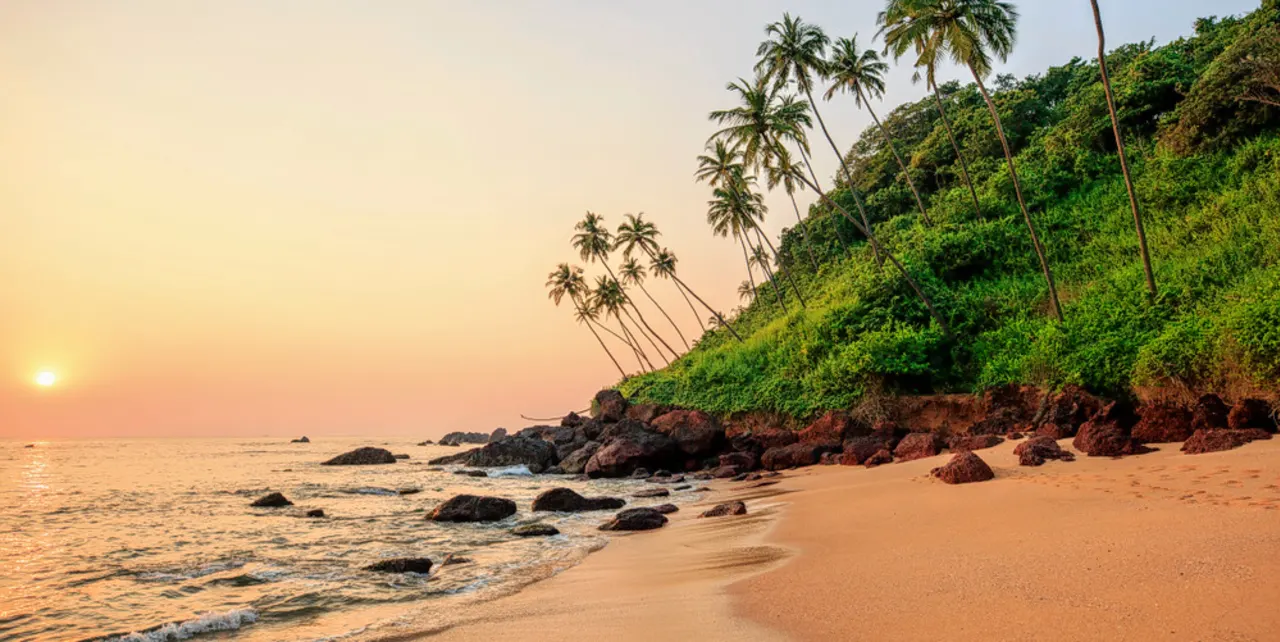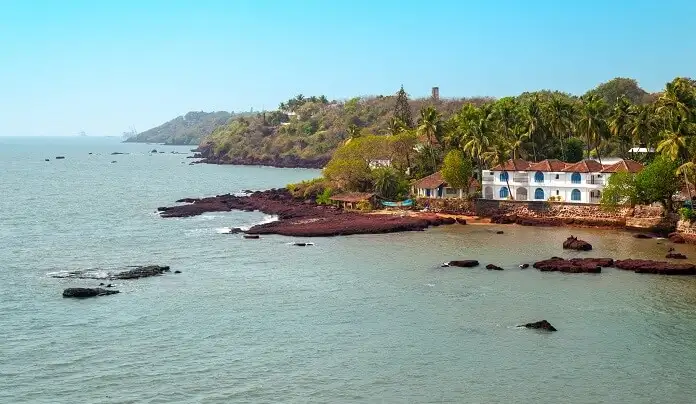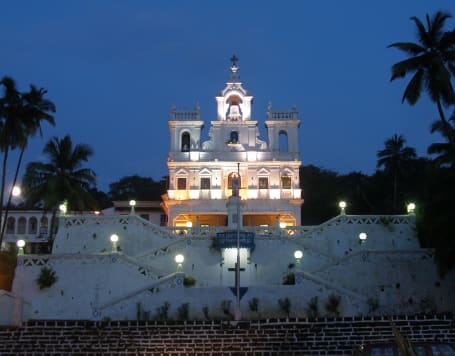Corjuem Fort, also called the Corjuem Island Fort, is a historical castle placed in the village of Aldona, close to Panjim. The highlights of Corjuem Fort are:
1. Historical Significance: Corjuem Fort is one of the smaller forts in Goa but holds big historic significance. It was built within the seventeenth century by the Portuguese to defend against ability invasions from neighboring kingdoms.
2. Strategic Location: The fortress is located on an island known as Corjuem, surrounded by the aid of the Mapusa River. Its strategic role allowed the Portuguese to have a vantage point and control the motion of ships along the river.
3. Architecture and Design: Corjuem Fort functions in a unique architectural fashion, combining each army and dwelling quarters. The citadel is constructed using laterite stones, which had been ample in the vicinity. It has robust bastions, a well, and a small chapel dedicated to St. Anthony.
4. Panoramic Views: Visitors to the fortress are rewarded with breathtaking panoramic perspectives of the encompassing countryside. The castle overlooks lush inexperienced fields, the picturesque Mapusa River, and the villages of Aldona and Nachinola.
5. Restoration and Preservation: The fortress had fallen into disrepair through the years, but these days, efforts were made to repair and hold this historic web page.
6. Visitor Experience: Corjuem Fort gives a tranquil and stale-the-crushed-path experience in comparison to the more crowded traveler points of interest in Goa. Visitors can discover the citadel's premises, stroll alongside the ramparts, and soak inside the serenity of the environment.
7. Cultural Significance: The fort stands as a testimony to Goa's colonial past, and they have an impact on the Portuguese in the location. It serves as a reminder of Goa's rich history and cultural history.
8. Accessibility: Corjuem Fort is without problems available from Panjim, the capital city of Goa. It is placed about 14 kilometers away and may be reached with the aid of a street.
Visiting Corjuem Fort gives the possibility to delve into the records of Goa, admire its architectural marvels, and experience the herbal splendor of the region.
























